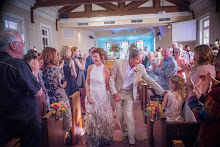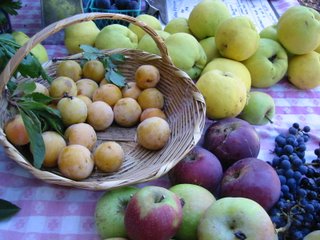STANDING, ROTATION AND LEARNING
Why so many movement lessons? Because this is how the brain learns most easily. It was the brain’s main job when we were young, how to become a moving person, from the baby blob we start as. Experimenting, trying this, trying that, making a lots of moves that don’t really add up, making “mistakes,” exploring, no effort, huge amounts of attention and interest, living in the present: this was our life as a young genius. We all started out loving to learn and being really good at it.
So, as always, do each movement a number of times. Go slow. Go less than full range. Breathe and keep your attention in the present. Search for pleasure and ease in each moment. If something is “hard” or “impossible,” do the opposite of what we usually do, which is to say instead of trying harder and going faster to plow through our not knowing, slow down and try easier, to learn whatever we can learn from our not knowing. Not knowing means this: a chance to learn. Take the chance. Slow down, come to the present, learn.
First. Lie of the floor or ground and sense your entire self. Sense your legs and arms and spine. Sense your breathing. Sense fingers and toes. You fill in all the rest. Just go slow and enjoy this.
1) Now, come to standing. Enjoy this. Feel both feet on the ground. Shift slightly side to side and notice your toes and your breathing and your spine. Look around yourself to the left and to the right, and see how that feels (the quality) and where you end up turning ( the range). Keep it easy.
2) Rest, as always between sections. Now, extend your arms at shoulder height, straight out to your sides. In this position rotate right and left and see again how is the quality and the range. Then find about halfway to the right. Stop here, with your arms out to your sides, and rotate arms and shoulders as one unit to the right, as your head rotates to the left. Don’t tire your arms. Take rests, and keep coming back to this head one way, shoulder girdle and arms the other, until you enjoy it.
3) Rest. Now go again halfway to the right, extend your arms out to your sides at shoulder height, and begin moving pelvis/hips one way and the shoulders/arms the other. Back and forth, easy. If your arms get tired, you can drape your hands over the opposite shoulder and in this way turn your shoulder girdle one way, while your pelvis rotates the other. Go slow. Breathe. Pay attention to and learn about the vertebrae of your spine.
4) Rest. Now rotate simply both to the right and left and see if the quality and range is improving. Then, again come to whatever the new halfway point is in rotating to the right, and move your pelvis one way and your head the other. Enjoy this.
5) Rest. Again come to halfway to the right. Extend your arms and move your arms one way and your head and pelvis both the same way, which will be opposite the way your arms are moving. Like this : head right, shoulders/arms to the left, pelvis right. And the opposite. This is the chance to go slow if it’s “hard,” to learn instead of bashing through. Enjoy.
6) Rest. Close your eyes while you rest. Feel yourself in standing. How do you feel. Now, open your eyes, turn halfway right, and find a spot on which to keep your gaze. Do this and let your head rotate right and left. Rest. Now do the harder version, head one way and eyes the other, starting half right. Breathe. Sense your neck. Sense any tension and let it go. Go slow. Make small movements. Learn.
7) Rest. Lie down and rest in you wish. Then come back to standing. Extend your arms shoulder height out to your side and rotate half way to the right. Now do an interesting thing. Begin to arch your back in such a way that your shoulders come back and your butt sticks out more, and your belly comes forward. While you do this rotate your hands in this direction, which means that if you start with your fingers/palm facing down, the hands will rotate so the fingers and first forward and then oriented up. So as you arch your back and stick your butt up and belly out, your hands rotate your shoulders along with this move. And then, you go the opposite way, rotating hands and arms forward and down, and rounding your back and bringing your shoulders forward and as if toward down, and the pubic bone as if up and forward toward the head and your belly goes back. The whole thing is just curving one way in your spine and then the other, while making sure the pelvis and shoulders and involved. Go slow. This is very useful in all of life.
8) Rest. Now rotate right and left and see the improvement in range and quality. If you want to get fancy, do the previous movement, but rotate the arms and hands in the other direction. If not, just repeat the last movement, since it is the heart of much of yoga and gives us a sweet chance to see and feel and learn better the difference between folding forward and arching our backs.
9) Rest. Repeat any of the above combinations, head, shoulders, pelvis, eyes, that you enjoyed or found intriguing.
10) Rest. One last time check of a difference and improvement in rotation to your left and to your right. If you later want to repeat some or all of these steps to the left, that would be fine. If not, that would be fine. Imagine doing this the next several days. Make sure to give yourself an opportunity to do one movement each day. Keep up a journal of ideas and reflections on each day's chapter ideas or movement. This is your chance to get to know you better. Take it.








